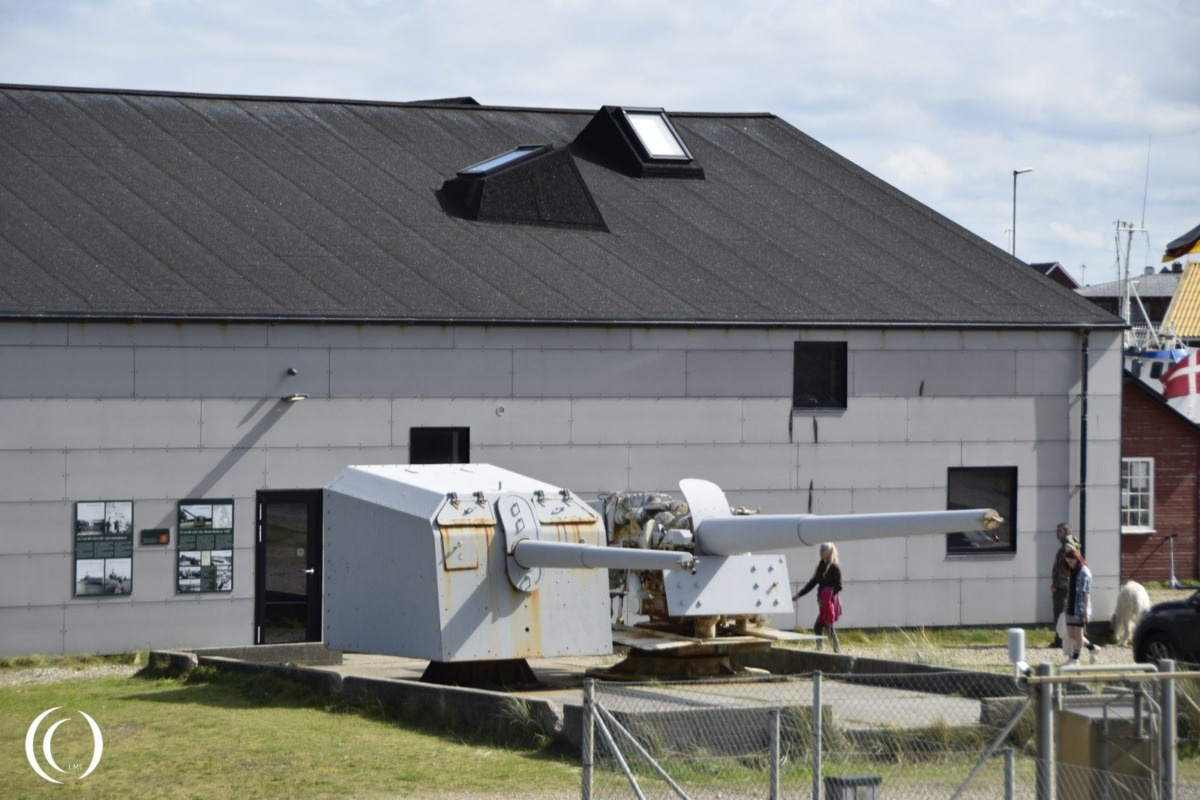
This Danish museum lies in Thyborøn, the north-western tip of Midtjylland (Eng. Middle Jutland). It is situated on the former Flak Batterie, Stützpunkt Lama grounds. A German Radar Position with Flak Support.
The Sea War Museum Jutland has topics on both British and German U-Boots, a large collection of sea mines and torpedoes, items and information on the Battle of Dogger Bank, the Battle of Heligoland Bight and a large part of the museum is dedicated to the Battle of Jutland. There is information of the air war over the North sea and in front of the museum are large caliber naval guns.

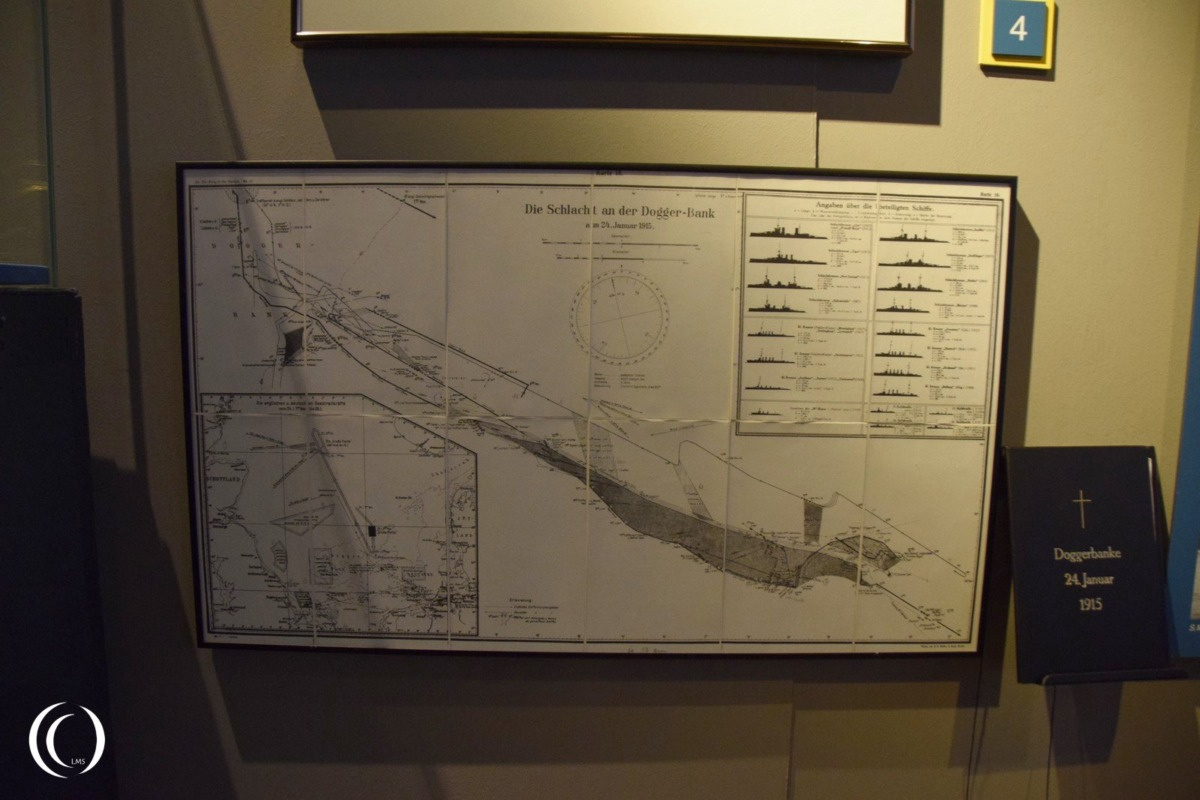
In the dunes next to the museum you find a large memorial on the Battle of Jutland, the German Stützpunkt Lama is all around the museum and Stützpunkt Heeresküstenbatterie 4./180 Thyborøn, a former German Coastal Battery lies just to the south on the coast.
Battle for Jutland
The Battle of Jutland (Skagerrakschlacht in German – Eng. Battle for Skagerrak), fought from May 31 to June 1, 1916, during World War I, was the largest naval engagement between the British Royal Navy’s Grand Fleet and the Imperial German Navy’s High Seas Fleet. It took place in the North Sea, off the coast of Denmark’s Jutland Peninsula.
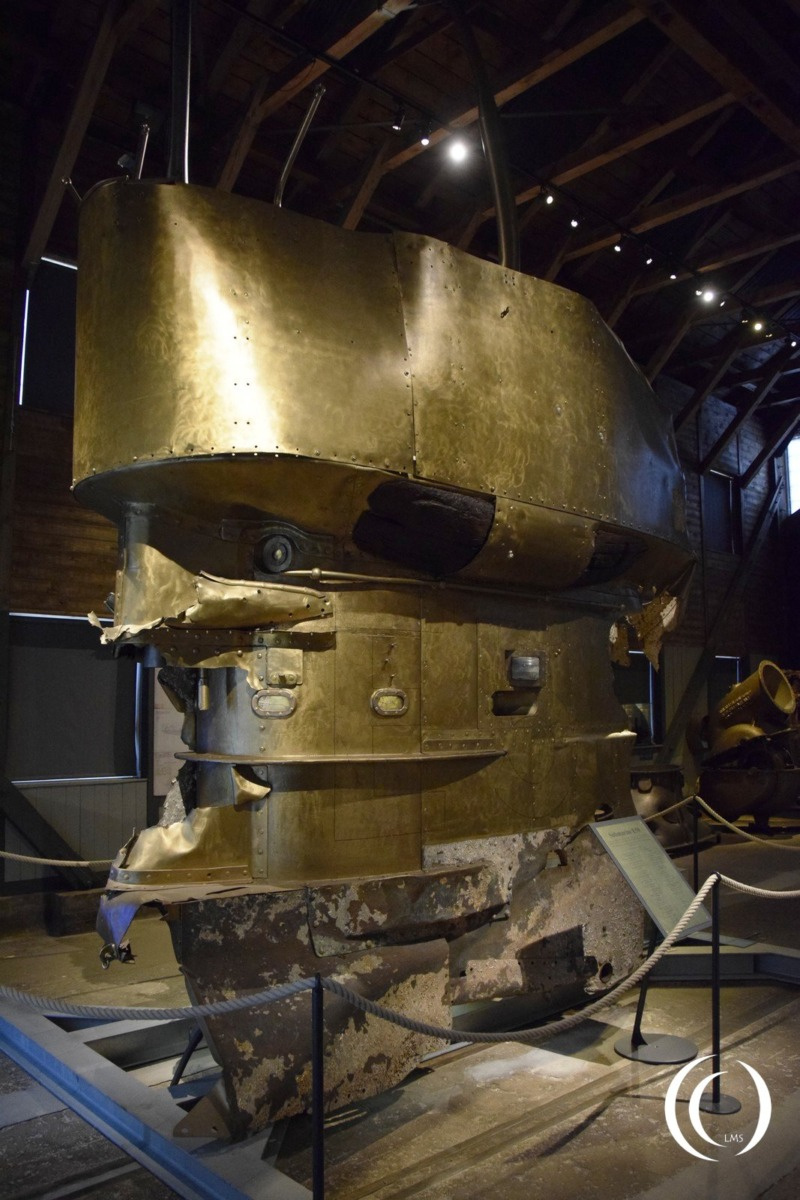
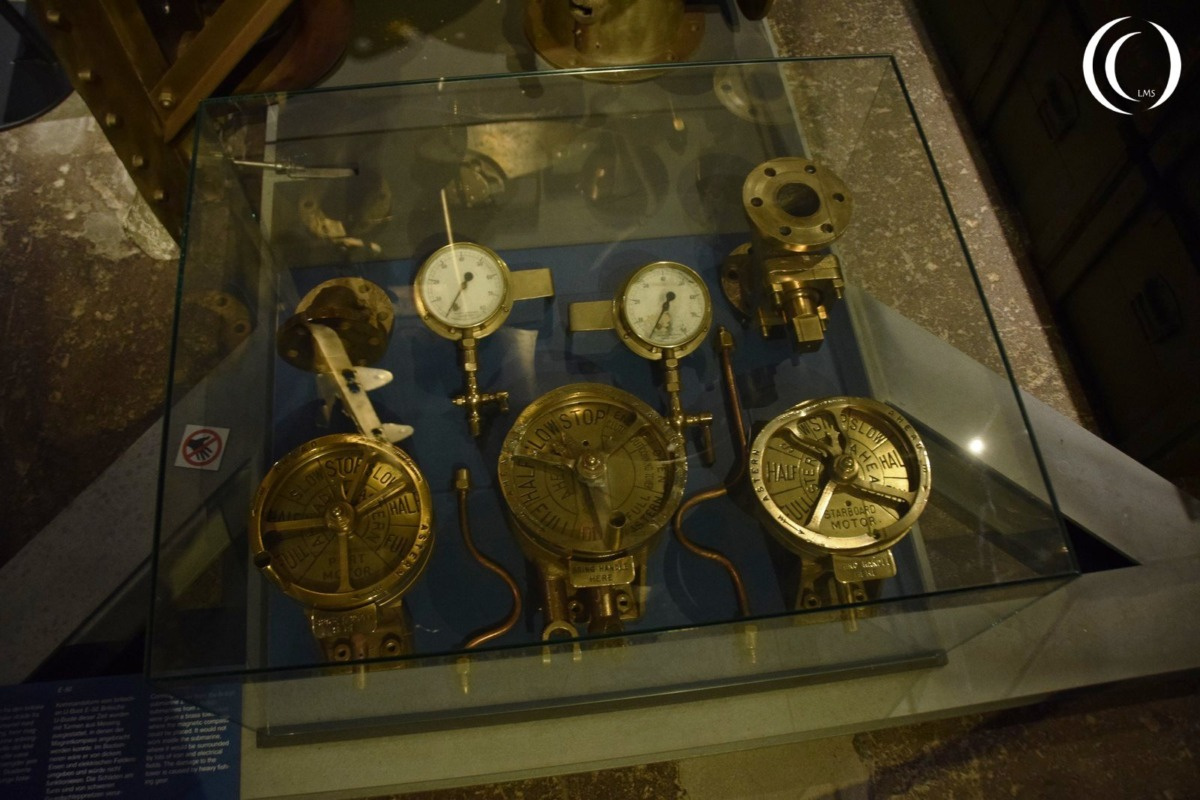
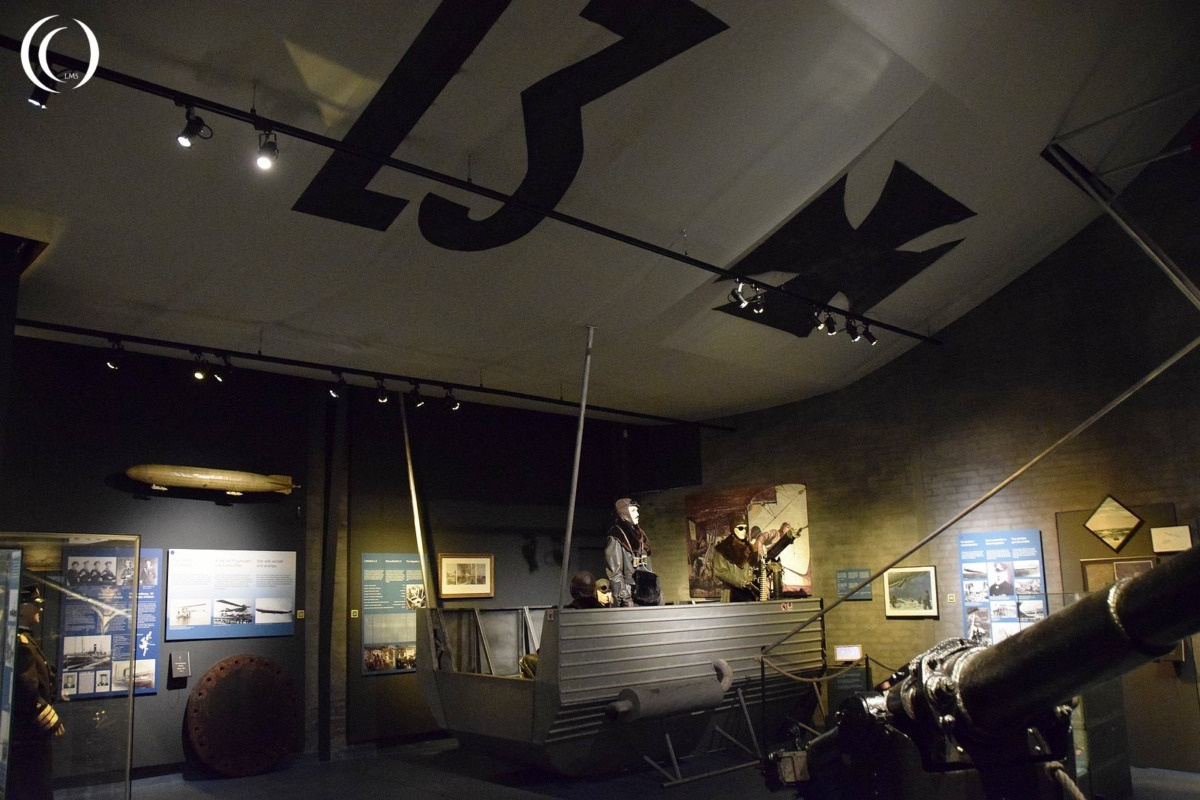
The battle was a response to the naval blockade Britain imposed on Germany, which aimed to cut off supplies and weaken the German war effort. The Germans, eager to break the blockade and challenge British naval dominance, sought a decisive engagement. British Admiral Sir John Jellicoe commanded the Grand Fleet, while the Germans were led by Vice-Admiral Reinhard Scheer.
The battle saw fierce exchanges of gunfire and the use of new technologies, like dreadnought battleships and cruisers. The British forces had superior numbers, but the Germans used tactics like feigned retreats to lure British ships into ambushes. The result was a tactical victory for Germany, as they inflicted more damage and sank more British ships. However, strategically, the battle was indecisive. The British retained control of the North Sea, preventing the Germans from breaking the blockade, which contributed to the eventual Allied victory in the war. The battle highlighted the limitations of naval warfare during the period.
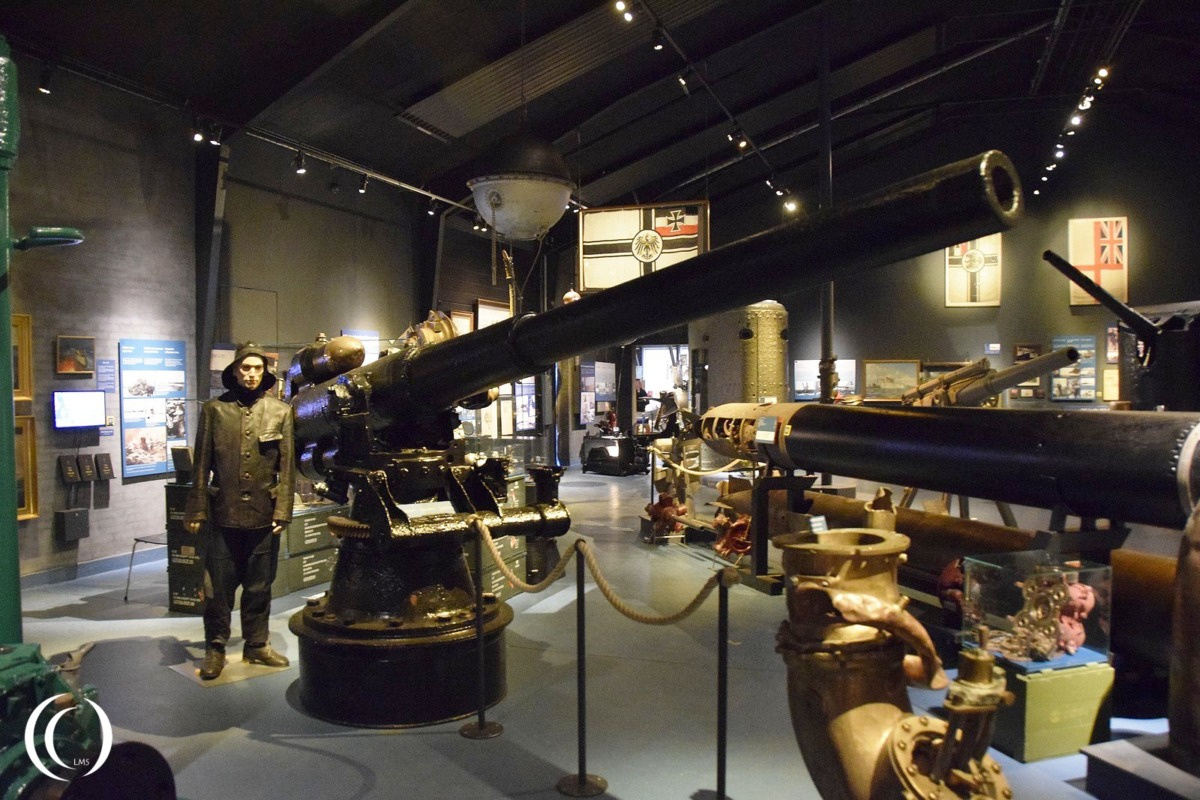
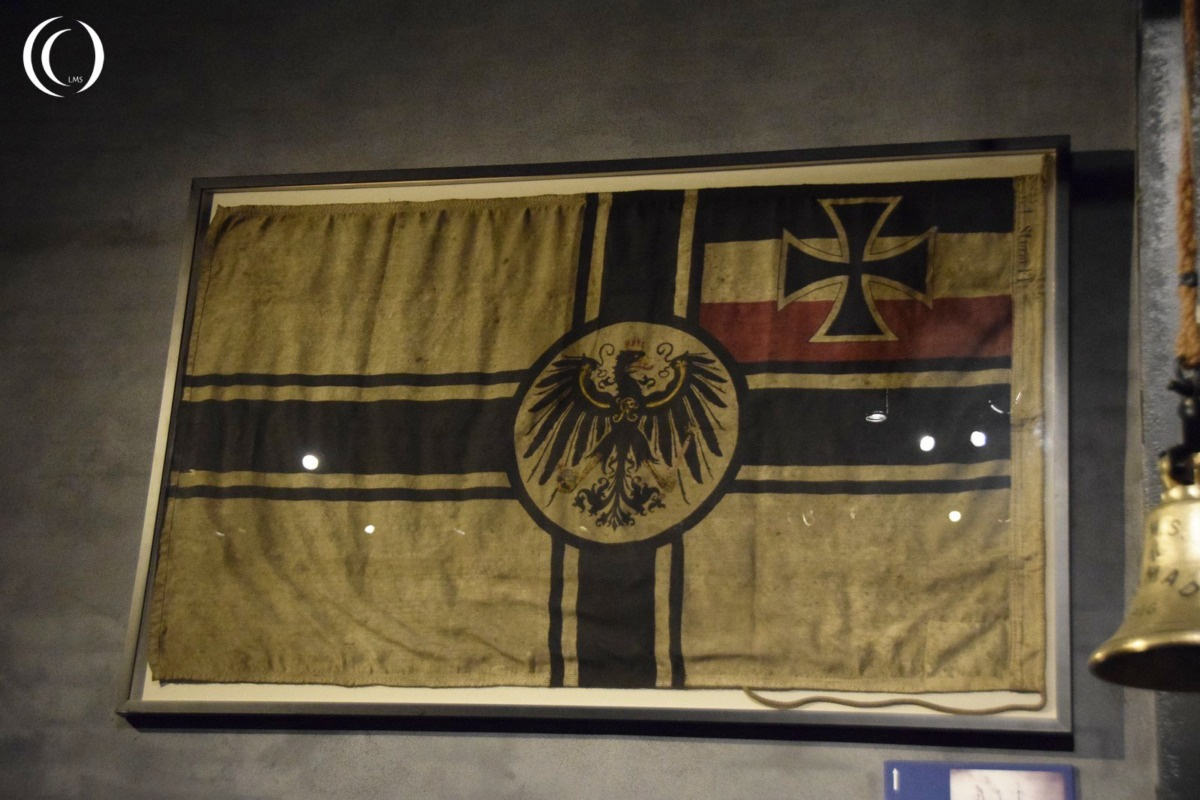
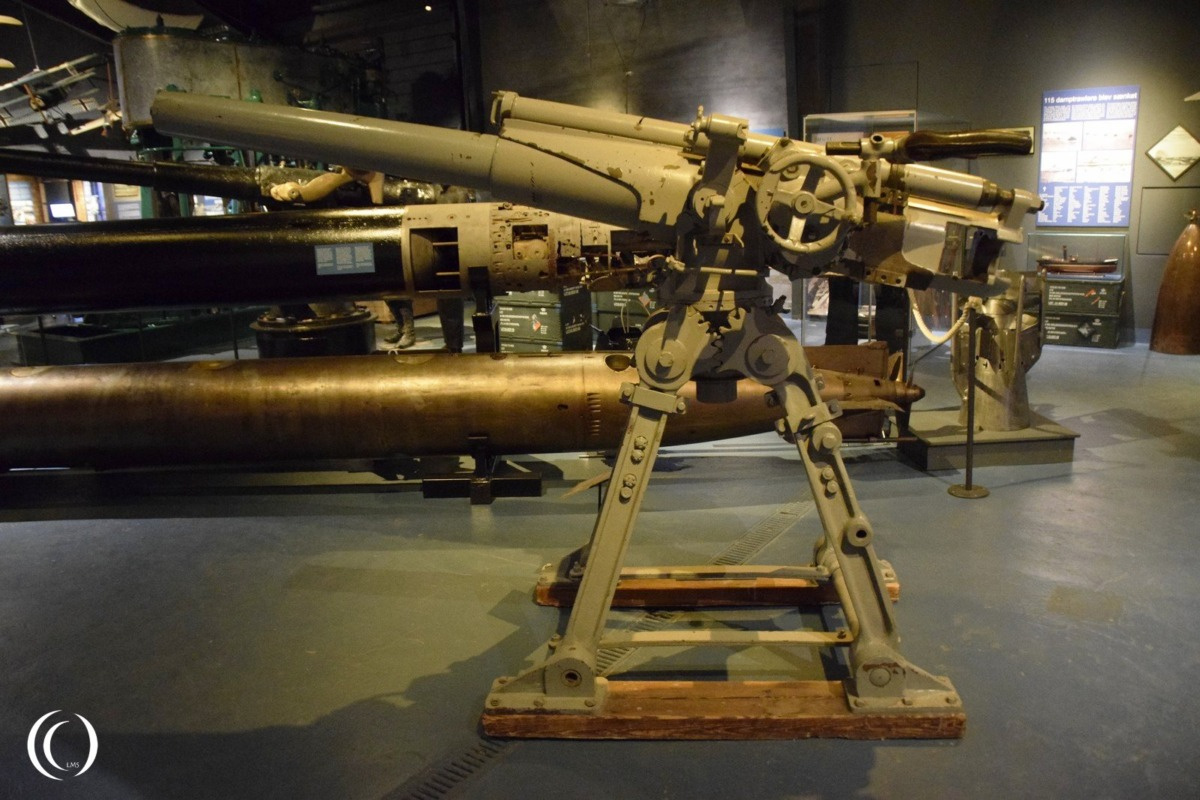
Visit
In 2024 parking on the museum premises was free, check the museum opening times before your visit.
